Creating a Minimalist Family Home: Living Simply
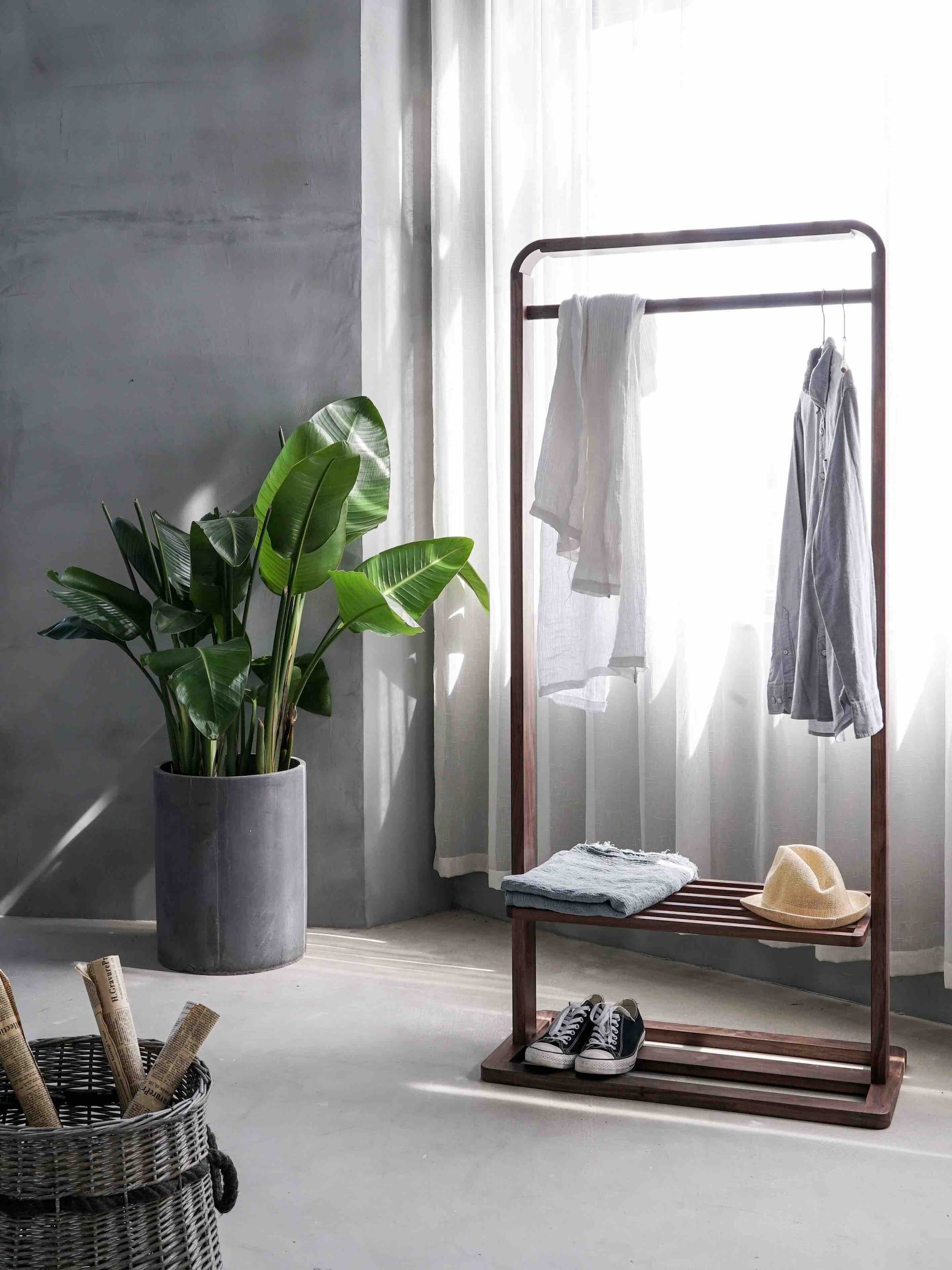
Embracing a minimalist family home has become increasingly popular. Many people are discovering that reducing the amount of clutter and excess in their lives can create a more peaceful, calm, and fulfilling existence. And this is especially true for families.
A minimalist family home can offer a sense of clarity and order that can be hard to find in our busy, modern lives.
With a focus on the things that truly matter, a minimalist home can provide a sanctuary from the chaos of the outside world and allow you to connect more deeply with your family and the things you love.
In this post, I’ll share some tips and strategies for creating a minimalist family home to help you experience more joy, peace, and contentment in your everyday life.
Embracing Minimalism: Why Less is More
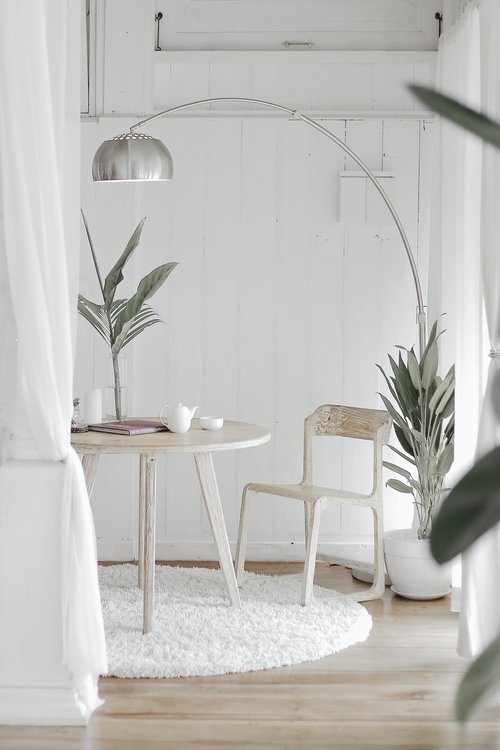
At its core, minimalism simplifies your life by focusing on what truly matters and letting go of the rest. It’s about reducing clutter, streamlining your possessions, and creating a peaceful and calming space. Minimalism for families can be especially beneficial because it allows you to create a home that supports your values and priorities.
By minimising the distractions and excess in your living space, you can create a more intentional and mindful environment that fosters stronger connections, meaningful experiences, and a greater sense of gratitude and contentment.
Creating a Minimalist Family Home: Practical Tips and Strategies
If you’re ready to embrace minimalism in your family home, here are some tips and strategies to get you started:
Start Small
Creating a minimalist family home takes time, and tackling everything at once can be overwhelming. Instead, start small by focusing on one room or area of your home at a time.
It could be a closet, a kitchen cabinet, or even a single shelf. By breaking down the process into smaller, more manageable tasks, you’ll likely stick with it and see progress over time.
Declutter with Purpose
Decluttering is crucial to creating a minimalist home, but doing it with purpose and intention is essential. Rather than just getting rid of things willy-nilly, take the time to evaluate each item and ask yourself whether it truly brings value to your life.
Suppose it doesn’t, thank it for its service and let it go. It can be a complex process, especially if you’re sentimental or have a lot of attachments to your possessions, but it can also be incredibly freeing and empowering.
Prioritise Function and Form
When choosing furniture and decor for your minimalist family home, prioritise function and form over trendiness or status.
Opt for high-quality, durable, and practical pieces that serve a clear purpose in your home. It could be a comfortable sofa for family movie nights, a sturdy dining table for shared meals, or a cosy reading nook for quiet afternoons.
Focus on Open Space
One of the hallmarks of minimalist design is open space, which can help create a sense of calm and tranquillity in your home. It can help you feel more relaxed and focused, making your home more extensive and welcoming.
When arranging your furniture and decor, aim for a clean and simple look with plenty of breathing room between objects.
Make it Personal
Finally, remember that a minimalist family home doesn’t have to be cold or impersonal. In fact, by paring down your possessions and focusing on the things that truly matter, you can create a home that feels more personal and meaningful than ever before.
Consider adding personal touches to your minimalist space, such as family photos, artwork, or sentimental objects that bring you joy. Just be sure to choose these items intentionally and display them in a way that doesn’t detract from the simplicity and calmness of your space.
Living with Minimalism: Tips for Maintaining a Simple Home
Once you’ve created a minimalist family home, the real challenge is maintaining it. Here are some tips for living with minimalism and keeping your home clutter-free and peaceful:
Practice Mindful Consumption
One of the keys to maintaining a minimalist home is to be mindful of what you bring into your space. Before making a purchase, ask yourself whether the item is essential, whether it will add value to your life, and whether you have a place for it in your home.
By being more intentional about what you consume, you can prevent clutter from accumulating and ensure that your home stays peaceful and clutter-free.
Make Decluttering a Habit
Just like brushing your teeth or going for a run, decluttering can become a habit with practice. Set aside a few minutes daily or weekly to tackle a small decluttering task, such as sorting through your mail or tidying up a single drawer.
By making decluttering a regular part of your routine, you can prevent clutter from taking over and ensure that your home stays organised and serene.
Embrace Imperfection
Finally, remember that a minimalist home doesn’t have to be perfect. Embracing imperfection can be a vital part of the minimalist mindset. Rather than striving for an Instagram-worthy space, create a home that reflects your values and priorities and brings you joy and contentment.
Examples of Minimalist Family Homes
Here are a few examples of minimalist homes that embody the principles of simplicity, functionality, and beauty:
- The “Muskoka Cottage” by Studio Paolo Ferrari – is in the heart of Muskoka, Canada. This charming cottage is a sight to behold.
The cottage is characterised by its simplicity, with clean lines and a neutral colour palette that allows the natural beauty of the surroundings to take centre stage. The interior is transparent and functional, focusing on raw materials like wood and stone.
The space is open and airy, with large windows that provide plenty of natural light and allow the outdoors to blend seamlessly with the interior. You can find more information and pictures of Muskoka Cottage here.
- The “Empty House” in Valencia, Spain – This modern home features an open-plan layout, focusing on natural materials and simple, functional design. The space is filled with light and air, creating a sense of calm and serenity.
- The “Black Lodge” in Suffolk, United Kingdom – This minimalist home is clad in black-stained timber, with clean lines and a dramatic, monochromatic interior. The space is spare but not sterile, with carefully chosen furnishings and decor adding warmth and personality.
- Grant Straghan’s home in London, UK – Grant Straghan is an interior designer who designed his home in a minimalist style. His home is a perfect example of how to combine functionality and beauty with simplicity. Clean lines, neutral tones, and an emphasis on natural materials such as wood and stone characterise the interior. The space is open and uncluttered, with carefully chosen furnishings and decor adding warmth and personality.
These homes demonstrate that minimalist design doesn’t have to be cold or austere. It can create a sense of calm, clarity, and beauty that enhances everyday life.
Minimalist Interior Design Tips
Creating a minimalist family home is more than just decluttering and eliminating excess stuff. It’s also about designing a simple, functional, and beautiful space. Here are some tips for incorporating minimalist design principles into your home:
- Keep it Simple
The key to minimalist design is simplicity. Keep your colour palette neutral and your decor understated. Focus on clean lines and uncluttered spaces. Avoid unnecessary ornamentation and let the beauty of your home’s architecture and natural surroundings shine through.
- Maximise Natural Light
Natural light is a crucial element of minimalist design. It creates a sense of openness and airiness, making even the smallest spaces more extensive and inviting.
Maximise natural light by using sheer curtains or no window treatments and strategically positioning mirrors to reflect light throughout your area.
- Embrace Negative Space
Negative space, or empty areas between objects, is integral to minimalist design. Avoid overcrowding your room with furniture or decor; let each piece breathe and stand independently.
You create a sense of calm and balance in your home by allowing plenty of negative space.
- Invest in Quality Pieces
When designing a minimalist home, selecting each piece of furniture or decor with excellent care is essential. Invest in high-quality, functional, beautiful pieces that stand the test of time. You can create an elegant and practical space by choosing quality over quantity.
- Edit and Refine Regularly
Finally, remember that minimalist design is an ongoing process. As you live in your home, you may find that certain pieces no longer serve a purpose or that you want to try a new arrangement or design.
Regularly edit and refine your space, and be open to experimenting with new ideas and approaches. By doing so, you can create a minimalist family home that is both comfortable and inspiring.
For more inspiration in creating your minimalist sanctuary, many talented interior designers specialise in minimalist design.
John Pawson is a renowned designer known for his minimalist and natural approach, emphasising simplicity, elegance, and organic materials.
Minimalist designer Vincent Van Duysen is known for his understated, functional design, emphasising natural light and clean lines.
Another well-known minimalist designer is Axel Vervoordt, who incorporates Japanese and Zen principles into his interiors to create calming and harmonious spaces.
And finally, architect and designer Tadao Ando is renowned for using concrete, natural light, and a minimalist aesthetic that creates a sense of serenity and balance.
These designers and many others have made significant contributions to minimalist home design ideas, and their work continues to inspire and influence the design world today.
Conclusion: Finding Joy in Minimalism
Creating a minimalist family home can be a challenging process, but it can also be gratifying. By simplifying your living space and letting go of unnecessary possessions, you can create a home that supports your values and priorities and brings you joy, peace, and contentment.
Whether you’re just starting on your minimalist journey or a seasoned pro, remember to focus on the things that truly matter and let go of the rest.
By doing so, you can create a home that reflects your unique personality and style and supports you and your family in all your endeavours.
Check out my other posts below; let me know your thoughts in the comments.

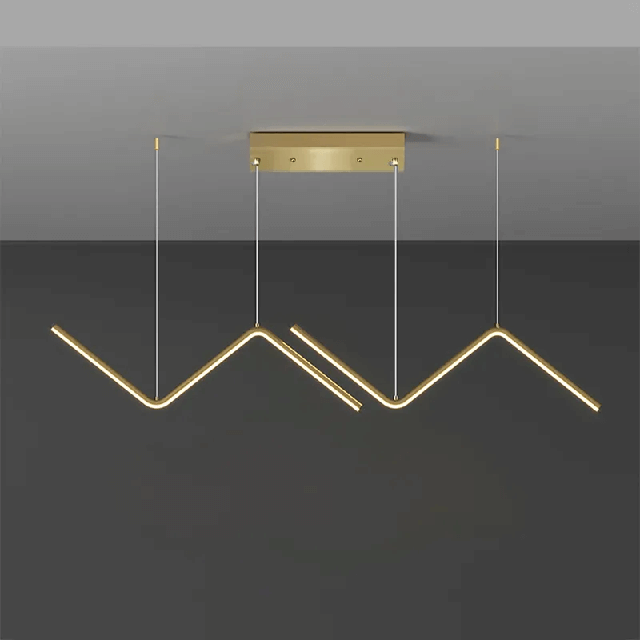
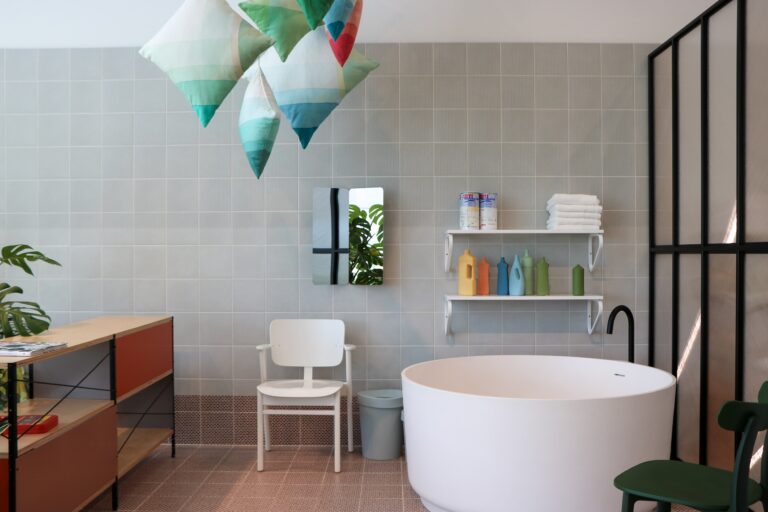
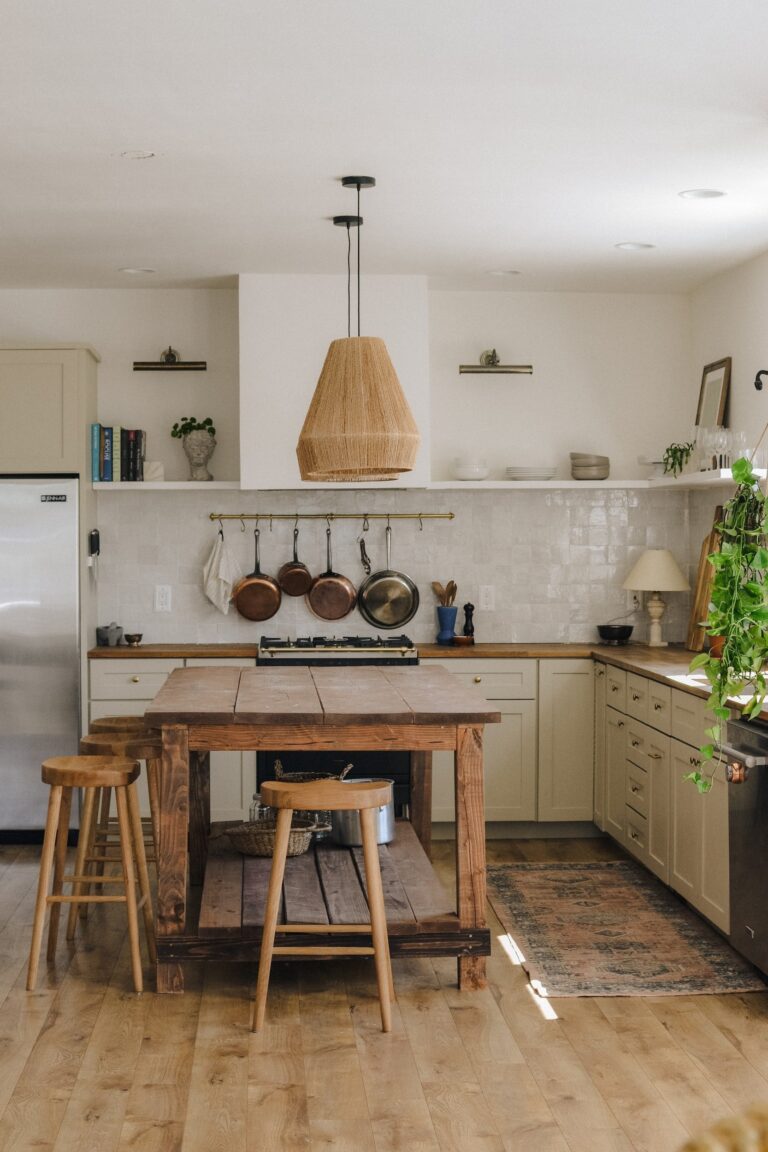
This blog post has left us feeling grateful and inspired